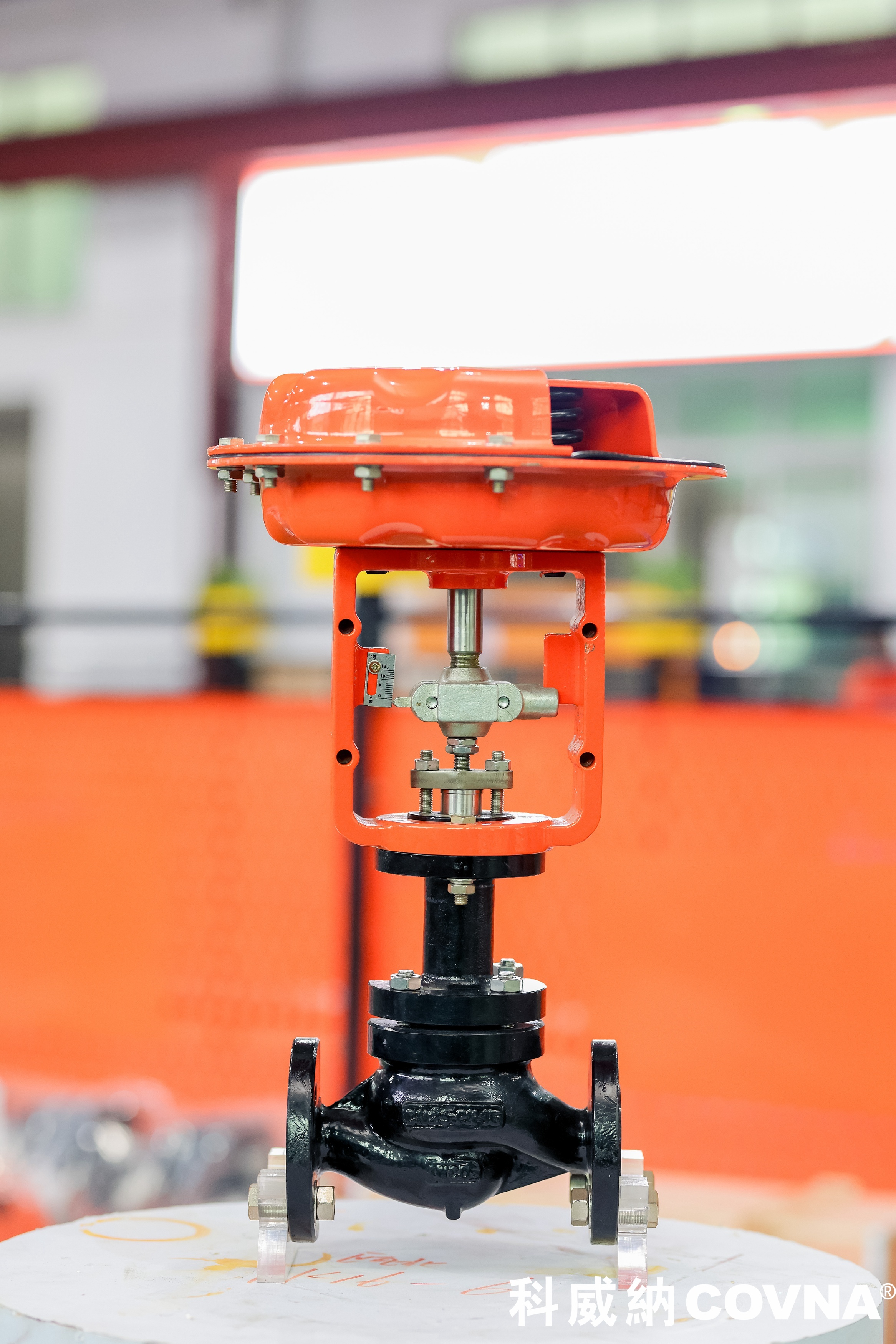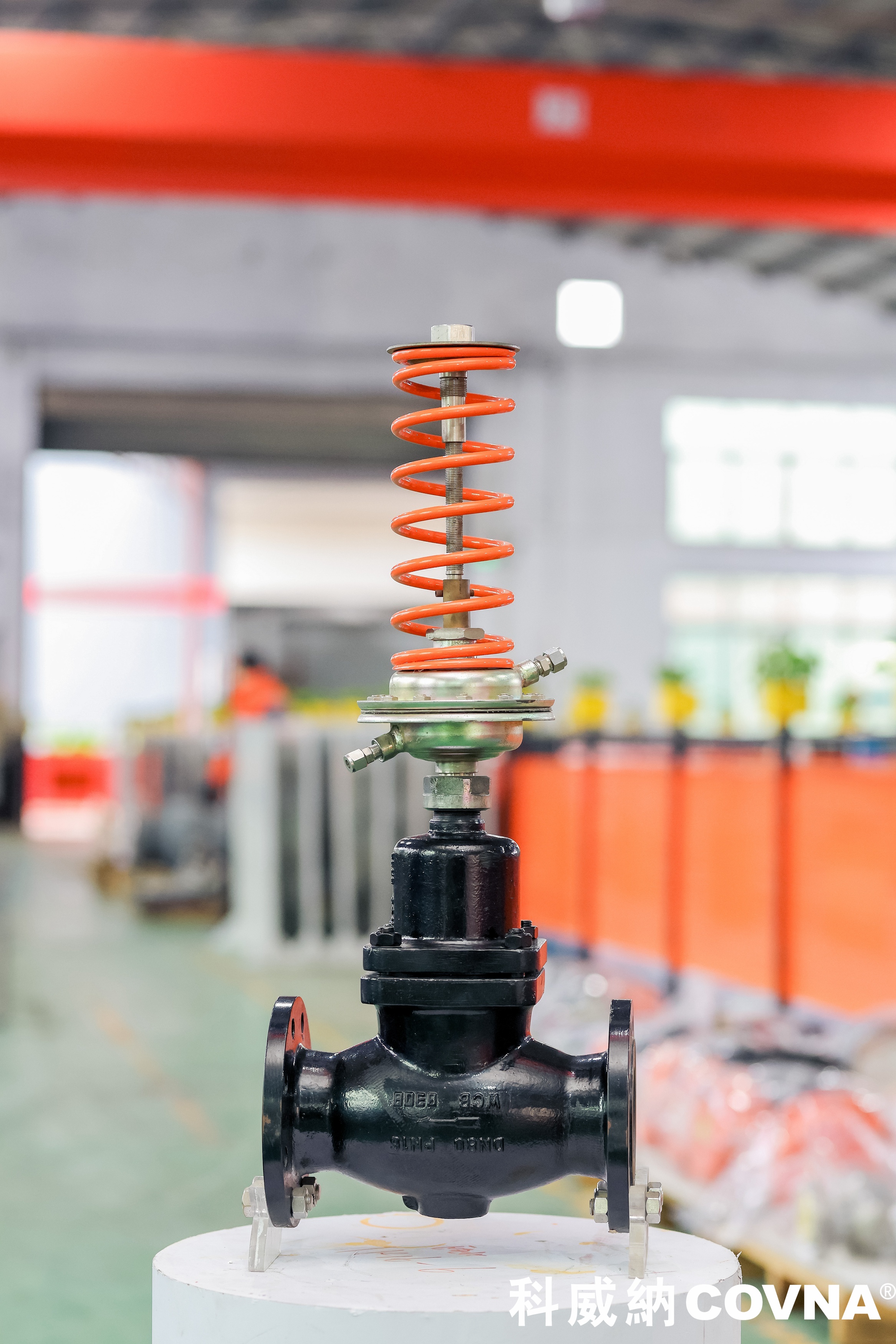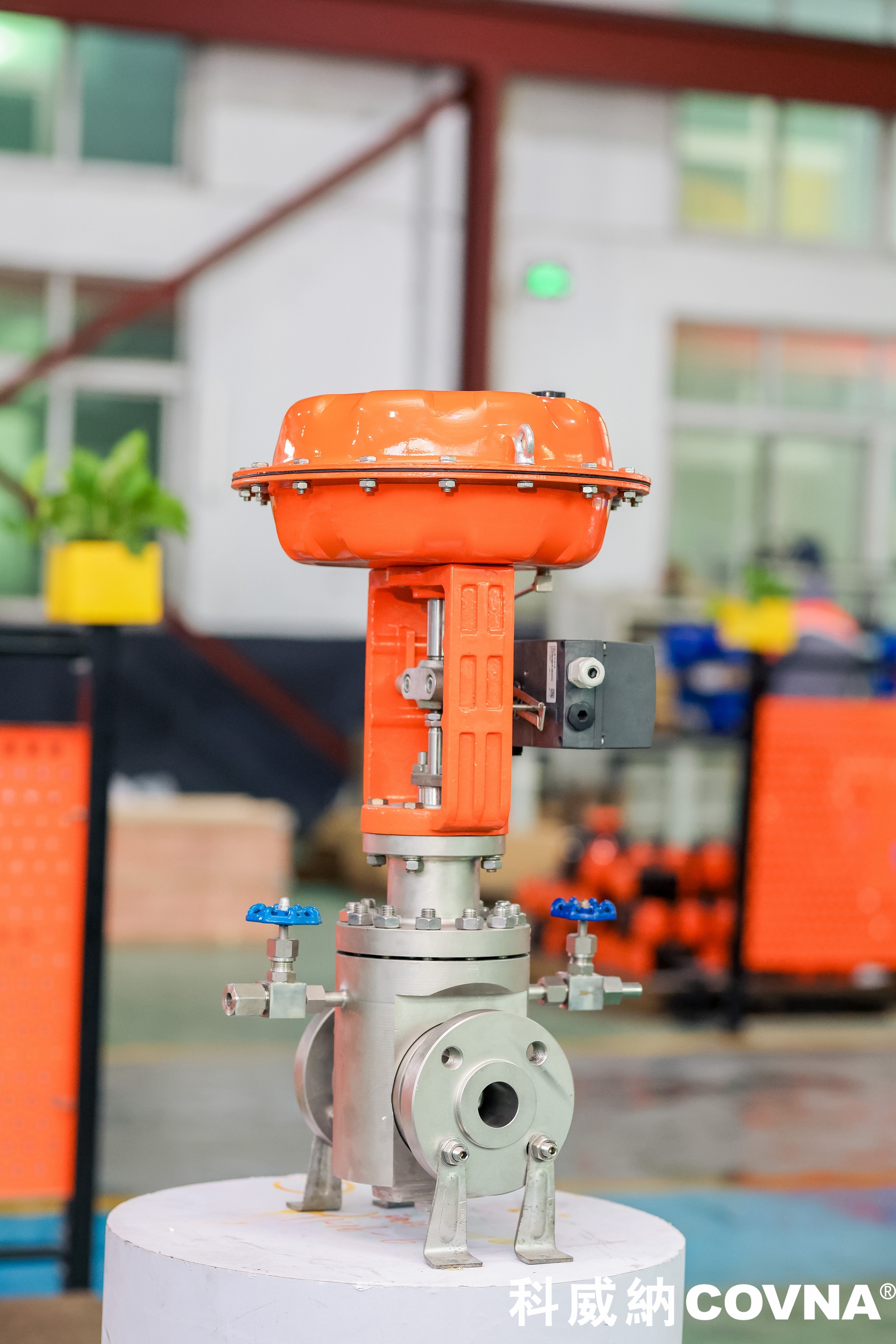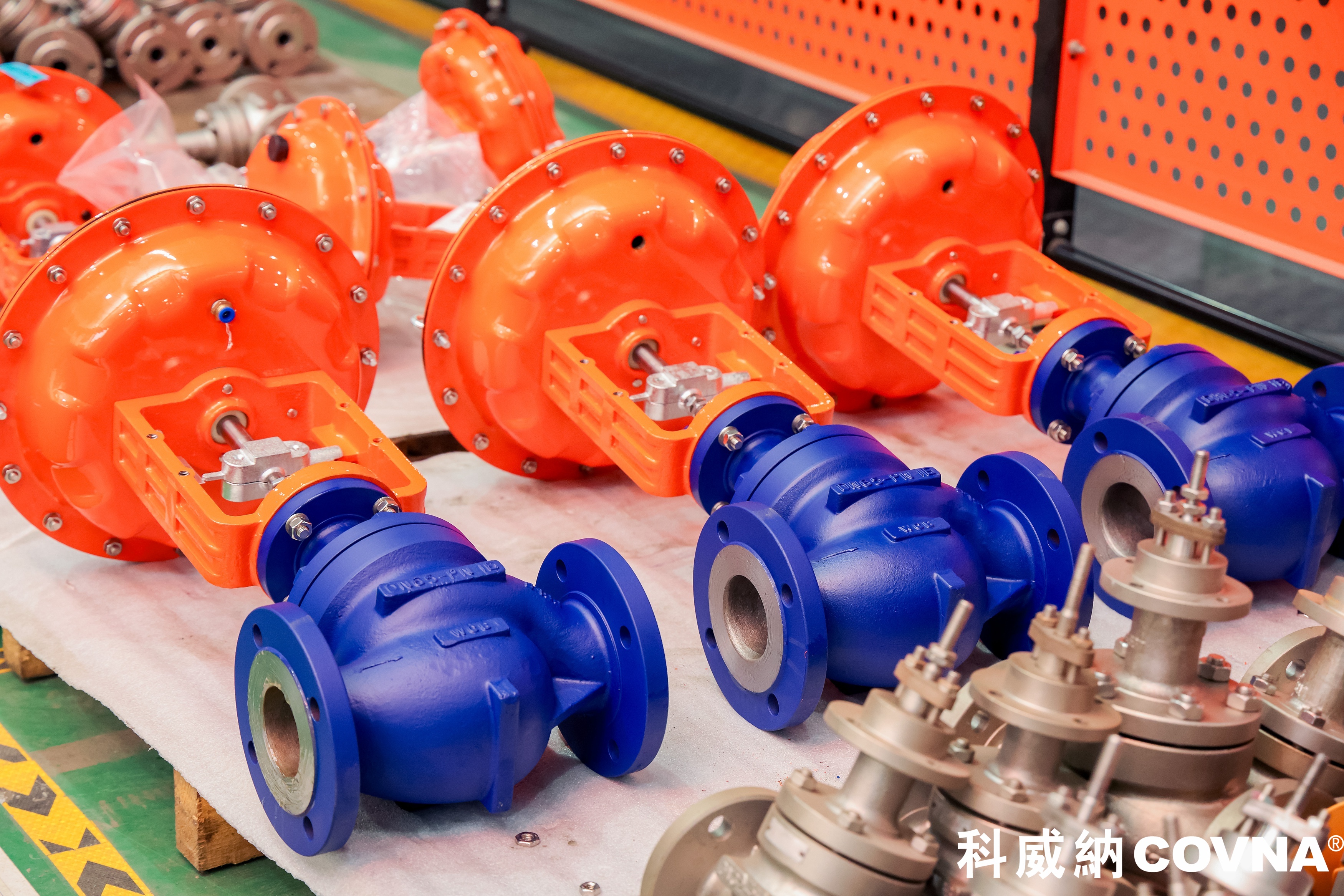Control valves are vital components in industrial processes, used to regulate the flow of liquids, gases, or other materials. Among the various types of control valves, pneumatic and electric control valves are the most commonly used. Despite their shared purpose, they have distinct characteristics that set them apart. This article explores the key differences between pneumatic and electric control valves, providing you with the knowledge needed to select the best option for your application.
1. Power Source
Pneumatic Control Valve: Operates using compressed air supplied by an air compressor. The air pressure drives the actuator, which adjusts the valve position.
Electric Control Valve: Utilizes electrical power to drive an electric actuator, which in turn moves the valve. This can be from an AC or DC power source.
2. Response Time
Pneumatic Control Valve: Known for their quick response times, pneumatic valves can adjust rapidly due to the fast movement of compressed air. This makes them suitable for applications where speed is critical.
Electric Control Valve: While traditionally slower than pneumatic valves, modern electric valves have improved significantly. The response time depends on the motor’s speed and design, with some electric valves now offering competitive performance.
3. Installation and Maintenance
Pneumatic Control Valve: Installation can be more involved, requiring a compressed air supply system and associated piping. Maintenance includes regular checks for air leaks and servicing the compressor and air lines.
Electric Control Valve: Typically easier to install, requiring only electrical wiring. Maintenance is generally simpler, focusing on electrical components and ensuring the actuator operates correctly.
4. Control Precision
Pneumatic Control Valve: Offers high precision control, capable of fine adjustments through regulating air pressure. This precision makes them ideal for sensitive applications.
Electric Control Valve: Provides precise control, often enhanced with digital settings for fine-tuning. However, the precision may be limited in extremely fine adjustments compared to pneumatic systems.
5. Operating Environment
Pneumatic Control Valve: Safe for use in hazardous or explosive environments as they do not involve electricity, which can be a source of sparks.
Electric Control Valve: Requires careful consideration in hazardous environments. Specially designed and rated electric valves are necessary to ensure safety in such settings.
6. Force and Torque
Pneumatic Control Valve: Capable of delivering high force and torque, making them suitable for demanding applications requiring significant power.
Electric Control Valve: Generally provides lower torque compared to pneumatic valves, though modern designs can offer enhanced performance with appropriate gear systems.
7. Speed of Actuation
Pneumatic Control Valve: Features fast actuation speeds due to the quick expansion and contraction of air. This rapid response is beneficial in dynamic industrial processes.
Electric Control Valve: The actuation speed varies with the motor type and gear ratios. While traditionally slower, advancements in technology have improved their speed.
8. Energy Efficiency
Pneumatic Control Valve: Can be less energy-efficient because of the continuous need for air compression, which consumes significant energy.
Electric Control Valve: More energy-efficient, particularly with modern low-power actuators. Electric valves only use energy when adjustments are made, leading to overall lower energy consumption.
9. Cost
Pneumatic Control Valve: Initial costs are often lower, but the expense of maintaining the compressed air system can increase overall costs over time.
Electric Control Valve: Higher initial investment but typically lower maintenance and operating costs, making them cost-effective in the long term.
10. Noise Levels
Pneumatic Control Valve: Can produce significant noise due to the release and operation of compressed air. This can be a consideration in noise-sensitive environments.
Electric Control Valve: Generally quieter, with noise mainly from the actuator motor. This makes them preferable for environments where noise reduction is important.
Conclusion
Understanding the differences between pneumatic and electric control valves is crucial for selecting the right valve for your industrial needs. Pneumatic valves excel in rapid response and high-torque applications, especially in hazardous environments. Electric valves offer precise control, energy efficiency, and quieter operation, making them versatile for various applications.
When choosing between pneumatic and electric control valves, consider your specific requirements, including the operating environment, precision needed, cost considerations, and energy efficiency. By comprehensively understanding these 10 essential differences, you can make an informed decision that ensures optimal performance and efficiency in your industrial processes.
Post time: Jul-02-2024







